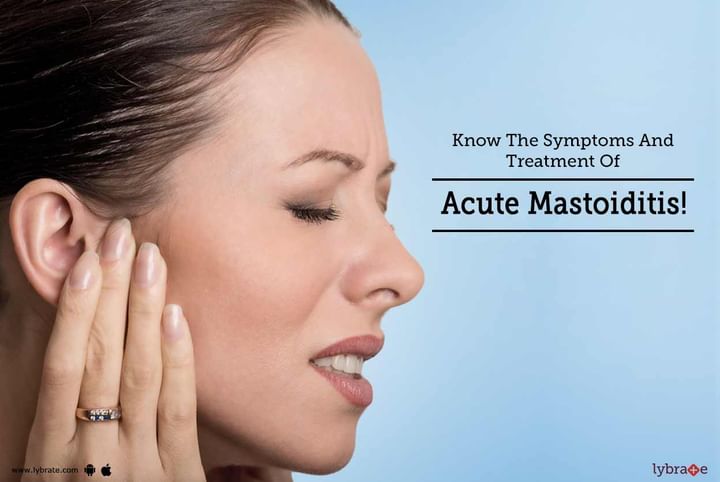Know The Symptoms And Treatment Of Acute Mastoiditis!
The infection of the bone of the ear is Mastoiditis. This may be an acute infection needing hospitalisation and injectable drugs or may be in the form of slow bone eroding processes like cholesteatoma.
Let us learn more about this condition and its treatment-
Understanding the Mastoid Bone: The mastoid bone is made up of air sacs and it looks a lot like a sponge. In this sense, it is different from the other bones that can be found in the human body. In order to function properly, this bone requires air from the other parts of the ear, including the Eustachain Tube which connects the middle part of the ear with the portion that lies at the back of the throat. If this tube gets infected due to any reason, the infection and bacteria can also travel to the Mastoid bone, leading to an infection in this area. Another form of the infection starts from the ear drum and a slowly progressive bone eroding process starts which spreads into the air sacs and can potentially spread to the brain.
Symptoms: Acute mastoiditis will present with earache, ear discharge and onset of fever and chills, as well as redness and inflammation behind the ear. Pain in the ear may be experienced along with headaches and swelling that may be experienced behind the eyes. At the very earliest sign, these symptoms must be reported to an ENT or ear throat nose specialist so that the treatment can happen at the earliest. Chronic mastoiditis may be due to repeated infections and bone eroding cholesteatoma which presents with repeated episodes of ear discharge which may be foul smelling and may even have blood.
Diagnosis: The diagnosis is mostly made on ear examination and may involve imaging tests like a CT scan as well as an MRI scan of the head and the ear. A simple X-ray of the mastoids can help in detecting the severity of the infection, and it spread.
Treatment: After diagnosing the problem with imaging tests as well as a detailed ear examination, the doctor will usually start the treatment by admitting the patient in the hospital. Antibiotic medication will be administered through intravenous methods, after which oral antibiotics will be prescribed for many days after the patient has been discharged from the hospital. Surgery may be required if the infection has not cleared up even after the use of antibiotics and is also done in cases of bone erosion. This surgery will be done to drain the infected fluid from the ear and remove a part of this Mastoid bone. Complications like facial paralysis and vertigo need to be discussed with the surgeon before the surgery.



+1.svg)
